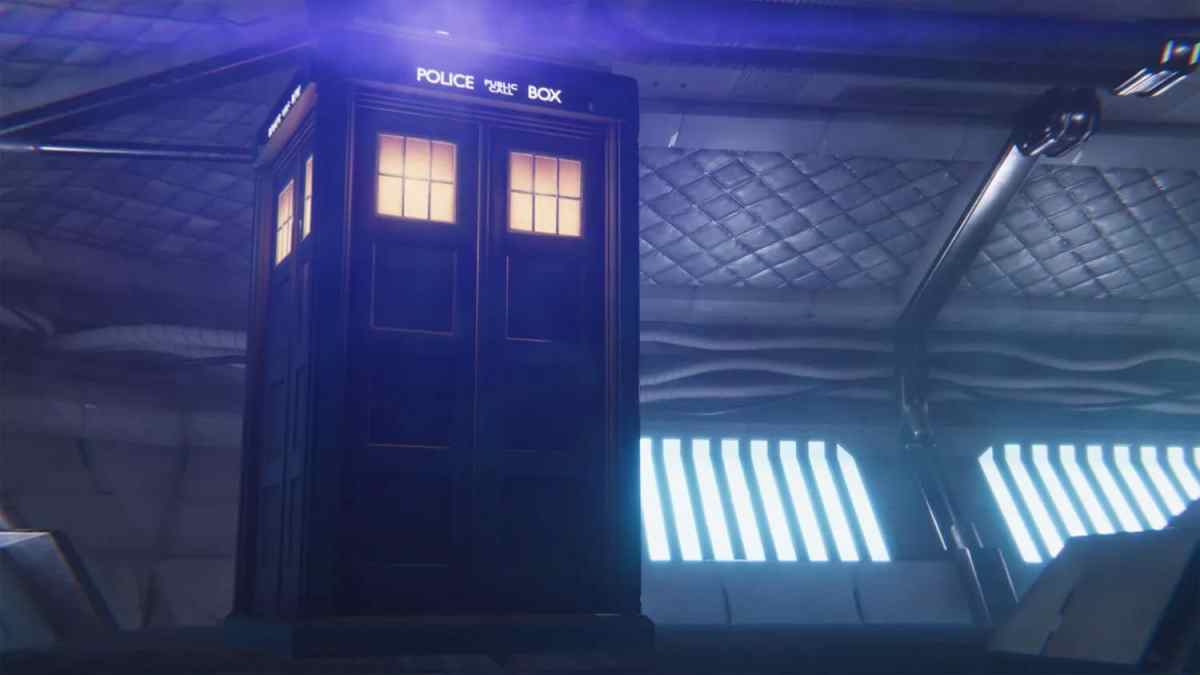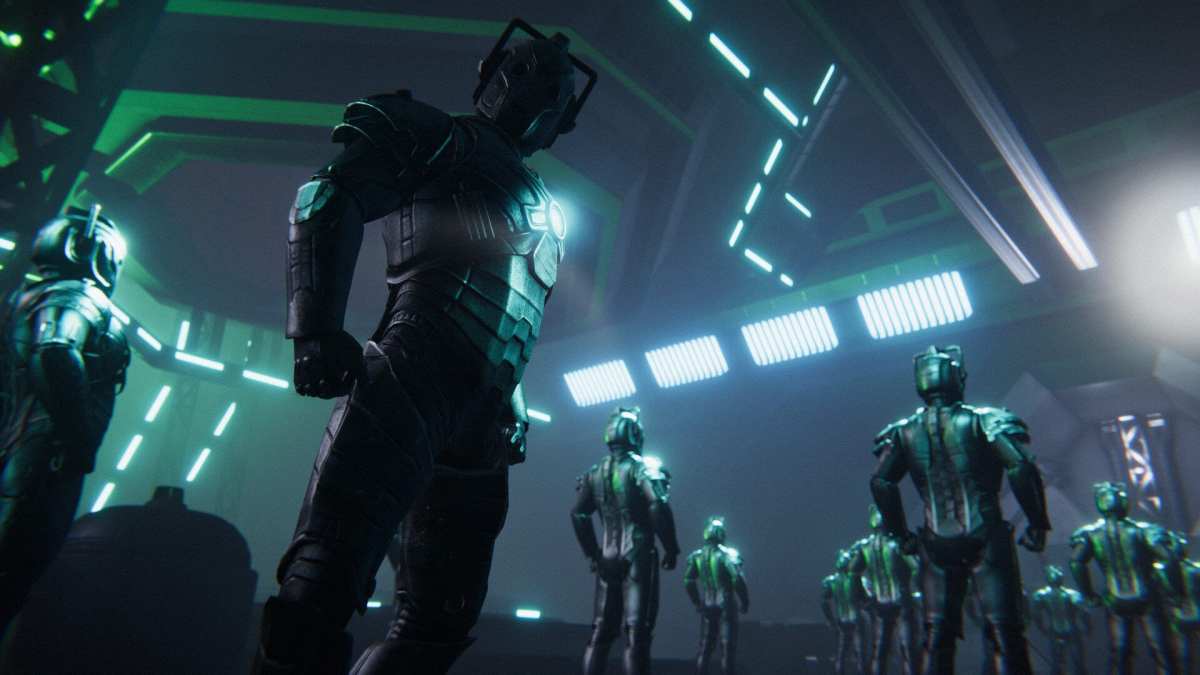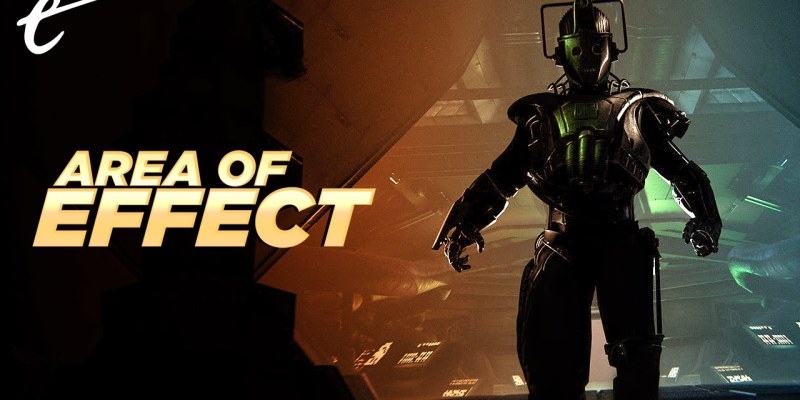The Doctor is the least interesting thing about Doctor Who, and the sooner games companies grasp that, the sooner we’ll get Doctor Who games that are actually good. Sure, there have been some standout Doctor moments over the years, but it’s the monsters that really make Doctor Who. I’m not just talking about long-term series regulars like the Daleks, either; Doctor Who has spawned foes as varied as the Weeping Angels, the Kandyman (a character that closely resembled a real-world company mascot), the Vashta Nerada, the Clockwork Droids, and many more.
Because while Doctor Who nearly always ends with the Doctor triumphant, it’s his enemies that breathe life into each episode. The other non-Doctor characters, companions included, are also important (providing they’re well-written), but without that sense of menace, the show would fall flat. “The Girl Who Waited” wouldn’t have been half as good if Amy Pond were just roaming an empty hospital complex, pausing occasionally to pick her nose.
But a lot of Who games, including the disappointing Doctor Who: The Edge of Reality (an expanded version of The Edge of Time), put the Doctor on a pedestal and then shoehorn as many different enemies in as they can. The former would be understandable if you were actually playing as the Doctor, but you’re not in Edge; you are, however, subjected to long, sometimes unskippable speeches from David Tennant and Jodie Whittaker’s Doctors.

Why? Exposition’s one factor, but it feels like the developers expect you to be dumbstruck that the Doctors are talking to you, as if that’s reason enough to spend several minutes locked in a laundrette, gawping at the screen. As for Doctor Who’s monsters, famous or otherwise? They get a look in, but each is squeezed into a single chapter, then dismissed before they’ve had their chance to make their mark. That’s not a new blunder; as far back as the early ‘90s, Doctor Who games crammed in all the enemies they could. What you actually get is a bargain basement Ghost Train ride that is over before you’ve had the chance to be scared.
So how do you make the most out of Doctor Who or, at the very least, deliver a game that doesn’t utterly squander the license? Firstly, stop making the Doctor a guest star; it may be that the BBC point-blank refuses to have them exterminated, albeit before you reload, but making them an extra character and expecting the player to hang on their every word doesn’t work. If you’re playing as the Doctor it at least makes sense that you’d be in the Daleks’ crosshairs, compared to Edge of Reality’s bland, out-of-place protagonist.
Secondly, and most importantly, choose a monster and make it or them the focus of the whole game. While they’ve long been delisted, Doctor Who: The Adventure Games showed it was important to let the bad guys shine. Each chapter of this episodic series featured a different foe, each with their own sinister agenda, so you spent between 30 minutes and an hour and a half being harried by each enemy. While I maintain that Cybermen are to be pitied, exploring an arctic base while avoiding partially converted Cybermen in Episode 2 was an unsettling experience.

It’s not that Doctor Who games have to be straight-up adventures, however. Some of the levels are a letdown, but survival horror game Statues is the closest thing you can get to an (unofficial) Weeping Angel game. I still get the shivers thinking about its gloomy department store and the mannequins that move when you’re not looking.
Or what about a stealth survival horror game where you have to elude a single Dalek? Alien: Isolation was pretty damn terrifying, but you could tell when the monster was around the corner. What if, instead of the clatter of claws against floor tiles, you had to listen oh so carefully for the faint hum of a Dalek’s turret? You wouldn’t have the luxury of knowing that, one level later, it’d be gone – the entire game would be one long game of cat and mouse.
Doctor Who: The Lonely Assassins was a step in the right direction, focusing on just one foe, and it worked (even though the developers were also responsible for Edge of Reality). I can understand the desire to “play it safe” in the mistaken belief that a scattergun approach ensures that everyone will be catered for. But games like The Edge of Reality do Doctor Who a great disservice, overlooking the creativity that went into creating each of the shows’ antagonists and their potential to have a whole generation of gamers playing from behind the sofa.
